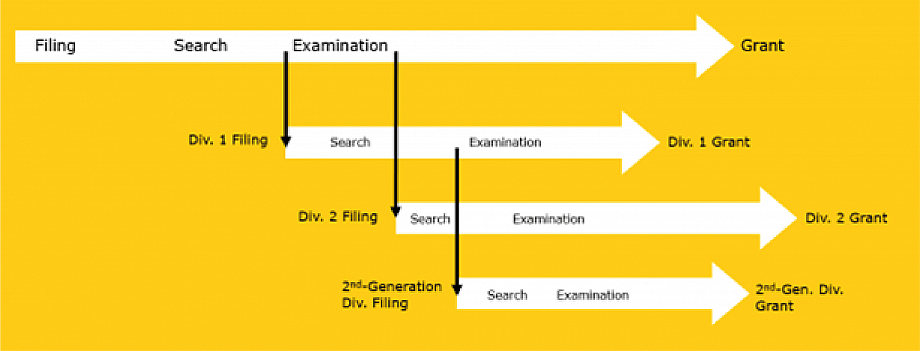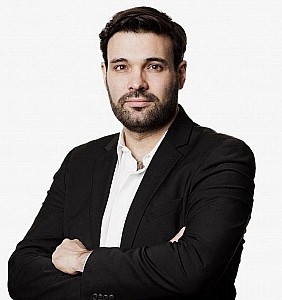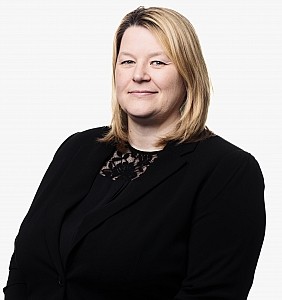From Objection to Advantage: A Playbook for Non-Unity and Divisional Patent Applications

The European Patent Office (EPO) sometimes finds that a single patent application really covers several different inventions. Such a finding is called a non-unity objection. At first sight the objection feels like a setback, because Article 82 of the European Patent Convention requires “one invention only, or a group of inventions so linked as to form a single general inventive concept.” In practice, however, non-unity can be turned into an opportunity to build a broader, more resilient patent portfolio.
1. What non-unity is and how it arises
During the search stage the examiner reads the claims and may see two or more independent technical problems. The examiner then issues a partial search report, searches only the first invention listed and invites you to pay extra search fees if you want the other inventions searched as well. Even if unity is not questioned at that stage, it can still surface later, during substantive examination, when the examiner studies the prior art in detail and realises that the claimed subject-matter is not tied together by a single inventive concept. In either situation the applicant must choose one invention for the main case; any others fall outside the pending claim set unless they are pursued separately.
2. Example of a Claim possibly Leading to a Non-Unity Objection
Consider the following claim in a patent application:
1. A bispecific antibody comprising:
- a first binding domain that specifically binds to target X; and
- a second binding domain that specifically binds to target Y or target Z.
The examiner may argue that the binding domains targeting X and Y/Z do not share a sufficient technical relationship. Each binding domain addresses a different technical problem—recognition of a specific target. Consequently, the examiner could identify two separate inventions: (1) a bispecific antibody binding to X and Y, and (2) a bispecific antibody binding to X and Z. This could trigger a non-unity objection, requiring the applicant to select one invention for further examination of the current patent application.
3. The divisional safety net
European practice offers a straightforward escape route: file a divisional application (‘a divisional’ in short) for every extra invention you still wish to protect. A divisional is simply a spin-off of the parent application; it inherits the same filing date and any priority date(s), but starts its own prosecution track, with its own fees and renewal schedule.
Timing is crucial, because a divisional can be filed only while the parent (or any earlier divisional – such as a 2nd generation divisional patent application - in the chain) is still pending. According to decision G 1/09, pendency lasts until the day before the grant is published in the European Patent Bulletin. If the parent is refused, pendency continues only for the two-month period in which you can lodge an appeal, and—if you do appeal—until the appeal proceedings reach their end. Once an application is finally granted, finally refused, withdrawn or otherwise closed, no further divisionals can spring from it.
4. A five-step playbook for turning non-unity to your advantage
First, decide which invention brings the greatest commercial value and focus the claims of your patent application on that invention. Throughout the prosecution, avoid removing the other ‘inventions’ from the description so that the text still contains plenty of alternative embodiments, so that each additional invention is fully disclosed. This allows the text to serve as the basis for a later divisional if needed.
Second, when non-unity is raised at the search stage, consider paying the additional search fees for commercially promising inventions. Doing so gives you complete search results for the various inventions up-front, saving surprises in a future divisional.
Third, remember that every divisional has its own set of filing, search, examination and renewal fees. If budget is tight you can stagger those costs by filing “cascade” divisionals, i.e. divisionals based on earlier spun-off divisionals, generation by generation—only when you need them—rather than all at once.
Fourth, keep at least one divisional pending while a family member, i.e. the parent or an earlier divisional, is under opposition or likely to be litigated. A live divisional lets you maintain fallback claim sets that can be adjusted in light of new prior art or infringement positions, giving you extra leverage in disputes or allowing you to continue in case the opposed family member would be refused.
Finally, draft your original application with flexibility in mind. Because Article 76 EPC forbids adding new matter to a divisional, you must include in the very first filing clear support for each possible claim grouping, each technical effect and each embodiment you might one day wish to pursue on its own.
5. Divisionals and Unity in Other Jurisdictions
The concept of filing divisional patent applications is not unique to Europe. The United States allows filing “continuation” and “divisional” applications when more than one invention is present, Japan accepts divisional filings up to the final decision, and many other offices, such as China, Korea and Canada, have comparable mechanisms. The basic principle is the same: one invention per patent application. What differs are the deadlines, the fee structure and what is precisely considered to be ‘one invention’. If protection is sought outside Europe, it is therefore advisable to map out the local rules early and align the global filing strategy with those jurisdiction-specific requirements.
6. Conclusion
A non-unity objection is not the end of the road; it is a sign that your application may hold more than one patent-worthy idea. By monitoring pendency dates, acting before grant or final refusal, and filing divisionals only when the potential return justifies the cost, you can turn that single objection into a structured family of patents in Europe and other jurisdictions. Thus, keep your eye on the clock, plan your filings with care, and you will transform non-unity from a hurdle into a strategic advantage.

Avez-vous une question?
Nous serons heureux de vous aider.
Prenez librement un rendez-vous avec un de nos experts.
Rassurez-vous, vous n'êtes pas seul.
Naviguez dans la FAQ. Avez-vous encore des doutes,
n'hésitez pas à nous contacter.




